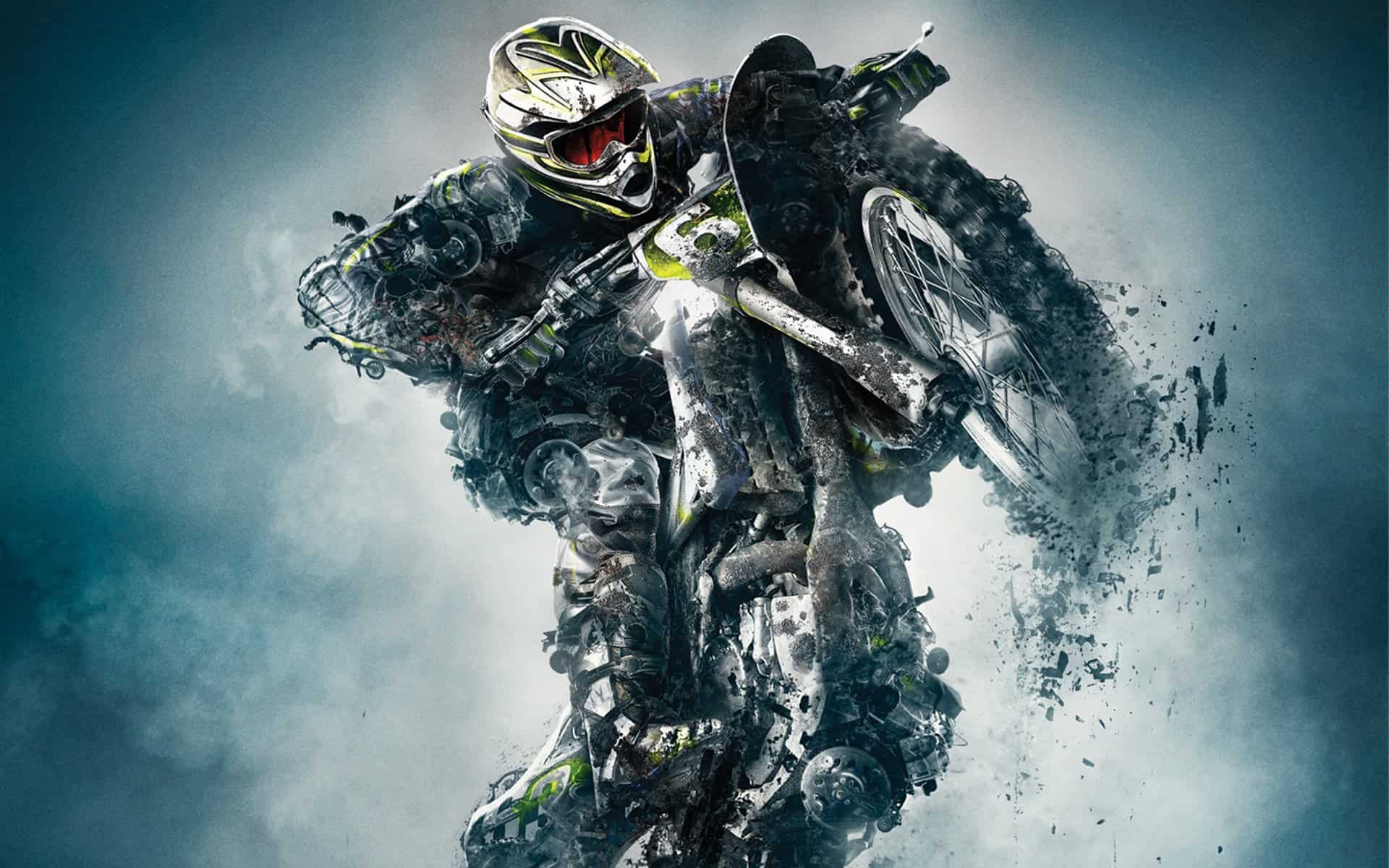You can trust VideoGamer. Our team of gaming experts spend hours testing and reviewing the latest games, to ensure you're reading the most comprehensive guide possible. Rest assured, all imagery and advice is unique and original. Check out how we test and review games here
MX vs ATV: Reflex sounds like the name of a mediocre dance track that might have dented the singles chart in the late 1990s. Happily, this isn’t the case. Reflex, as the cool kids will no doubt call it, is actually the newest entry in Rainbow Studios’ long-running series of off-road racing games. Rainbow has actually been making virtual bikes run through virtual dirt since 1998’s Motorcross Madness, so by now the team should arguably be well on top of their game – although Tom was a little disappointed by their last effort, 2007’s Untamed.
Like its predecessor, MX vs ATV: Reflex will offer you the chance to drive a variety of two and four wheeled vehicles in a spread of racing and trick-based outdoor events – all without the risk of snapping your spine in two like a dry twig. This time around Rainbow is talking up its new physics system, the grandly-named Rhythm Racing 2.0. The developer says that this is the most advanced engine it’s ever used; that may very well be true, but at THQ’s recent unveiling of the game most people seemed more interested in the impressively thorough terrain deformation.
In short, Reflex allows you to carve great big ruts into the scenery by roaring about on a heavy motorbike. Wherever you drive you’ll leave a deep set of tyre tracks in your wake, and during heavy races you’ll be able to see exactly where the riders ahead of you have gone before. These effects aren’t just for eye-candy, either: bumps and troughs in the ground will affect your bike, so by the last lap of a circuit race you may find yourself navigating through churned-up ditches that threaten to throw you off balance.
In previous MX games, hitting an obstacle like this would probably result in your rider flying from his vehicle. This time, however, you may have a chance to save yourself. Thanks to the new Rider Reflex system (another questionable name) you’ll find that you now have complete control over your rider’s body. While the left analogue stick steers your bike, you can use the right one to shift your rider about on his seat. When you hit something or fail to land a jump cleanly, you’ll get a brief chance to correct your position by following an on-screen prompt. It’s a neat idea, one that you’ll be grateful for as soon as you botch a turn or jump for the first time: your rider yells in alarm as he slips off the side of his ride, but then thanks to your input he hauls himself back into place. This drama should help to add a little spice to races, and to boot it should limit the frustration that blighted Untamed.
Besides saving your sorry hide, the Reflex controls will also play an important role in handling your bike. Leaning in or out of corners allows you to fine tune your racing line, while pitching back and forth will allow you to gain extra height when you hit a ramp. The body control setup seems to work pretty well, and by holding sticks and the accelerator trigger I found that I was able to pull off a highly-satisfying donut manoeuvre that ploughed the track into a lumpy mess. If you’re feeling puerile, you can also use the right stick to make your rider dry-hump his bike – a welcome if unimportant feature.
The build of Reflex I was playing was apparently 65 per cent complete, but the game is already looking fairly solid. Both the MX bike and the ATV I tested seemed pretty fun to tool around on, and while the handling is certainly more sim-like than Pure it also seems less punishing than the likes of MotorStorm. The terrain deformation is obviously the highlight of the graphics, although at times the thick tread marks sometimes looked a little too uniform to me. Hopefully the tracks will be a little less clean-cut and a bit more naturalistic in the final build; apparently Rainbow is also working on how to create terrain deformation for bikers who fall off their rides, too – a detail that would be a definite plus.
In multiplayer MX vs ATV: Reflex will offer support for up to 12 racers at once, and in addition to the directly competitive modes you’ll also be able to meet up in free-roaming environments. Indeed, it was arguably here that the game seemed to shine best last week, allowing the player to fully enjoy the snow-covered scenery of a mountain-themed area without the immediate pressure to race. Within these open environments you’ll find spontaneous challenges to enter into with your chums – tricky hill-climbs, downhill races and the like. Aside from one freestyle trick level that’s set in a shipyard, all of Reflex’s stages will be natural environments that lack hard tarmac or concrete. Rainbow hasn’t revealed the full list yet, but it’s safe to assume that there will be snow, sand, mud and dirt-based areas to plough through. Let’s hope that the final product makes a similarly deep impression.
MX vs. ATV Reflex
- Platform(s): Nintendo DS, PC, PlayStation 3, PSP, Xbox 360, Xbox One
- Genre(s): Racing

/https://oimg.videogamer.com/images/af69/mx_vs_atv_reflex_4.jpg)






